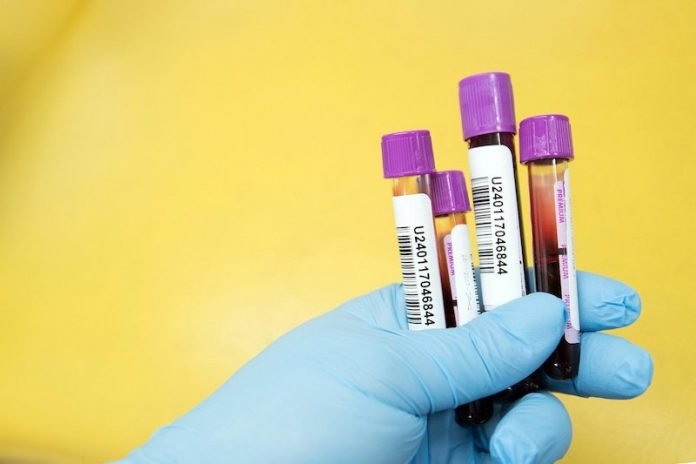
Chronic kidney disease and heart failure are critical medical problems worldwide, and are closely associated with a phenomenon known as “cardiorenal syndrome.”
The relationship between kidney dysfunction and heart dysfunction is complex.
Many studies have attempted to understand this relationship; few have provided a clear target for the treatment of the combined dysfunction, until now.
In a recent study from the University of Tsukuba, researchers examined the levels of histamine in heart and kidney damage, and they found that histamine was increased in the blood.
Histamine is an important factor in inflammation.
The study is published in Proceedings of the National Academy of Sciences. One author is Akiyoshi Fukamizu.
Heart failure is a condition in which the heart cannot pump sufficient blood to meet the body’s needs, which is often demonstrated by shortness of breath, excessive fatigue, and leg swelling.
Chronic kidney disease involves a gradual loss of kidney function, frequently characterized by leg swelling, fatigue, vomiting, loss of appetite, and confusion.
Despite many efforts to control these two disorders, treatments for both largely involve modifications of blood vessels to mitigate their effects, rather than curative approaches to reduce the underlying disease processes.
In the study, the team found elevated levels of histamine in a mouse model of cardiorenal syndrome.
They say histamine is an important factor in various inflammatory processes, and its inhibition generally leads to better disease control.
In addition to their finding that histamine can control the severity of cardiorenal syndrome in a mouse model, the researchers showed that activation of a specific histamine receptor could alleviate signs of heart and kidney damage in these mice.
This provides a new potential treatment for patients with heart failure and patients with chronic kidney disease.
Copyright © 2020 Knowridge Science Report. All rights reserved.



